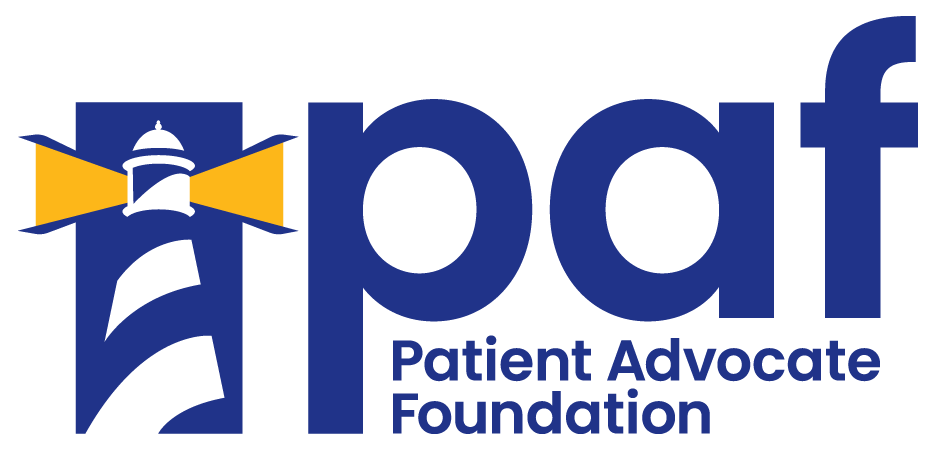Who is Eligible for Social Security Disability?
The Social Security Administration uses medical disability criteria AND non-medical criteria to make their decision on whether you qualify for Social Security disability (SSDI, the program based on work credits) or Supplemental Security Income (SSI, the low-income program).
To become eligible to receive disability benefits, you must first be able to prove that you are medically disabled. Your diagnosis must prevent you from performing your normal job duties, and you must have been unable to find a replacement position or a new line of work because of your age, education levels, or physical limitations. Secondly, you must have either earned enough work credits to be considered “insured” under the SSDI program or your income (and assets) must be low enough to qualify for the SSI program.
One of the most important rules for Social Security disability is that your medical disability must have lasted, or be expected to last, for at least one year for benefits to be awarded. There is not a program to grant temporary disability benefits through the Social Security Administration. As well, Social Security disability is not awarded for partially disabled people, only those who are fully disabled.
To be considered a disabled person for Social Security purposes, an applicant must be unable to perform any income-producing work. This generally means earning above a certain amount, called Substantial Gainful Activity (SGA). This amount changes annually. The applicants cannot be working above the SGA level when they apply for benefits. An applicant earning more than the SGA amount who applies for Social Security disability or SSI benefits will be denied instantly, without their symptoms, diagnosis, or medical records even considered. This practice is called a technical denial. However, disabled individuals may be working part-time when they apply for Social Security disability, but only if they aren’t earning more than the SGA amount.










